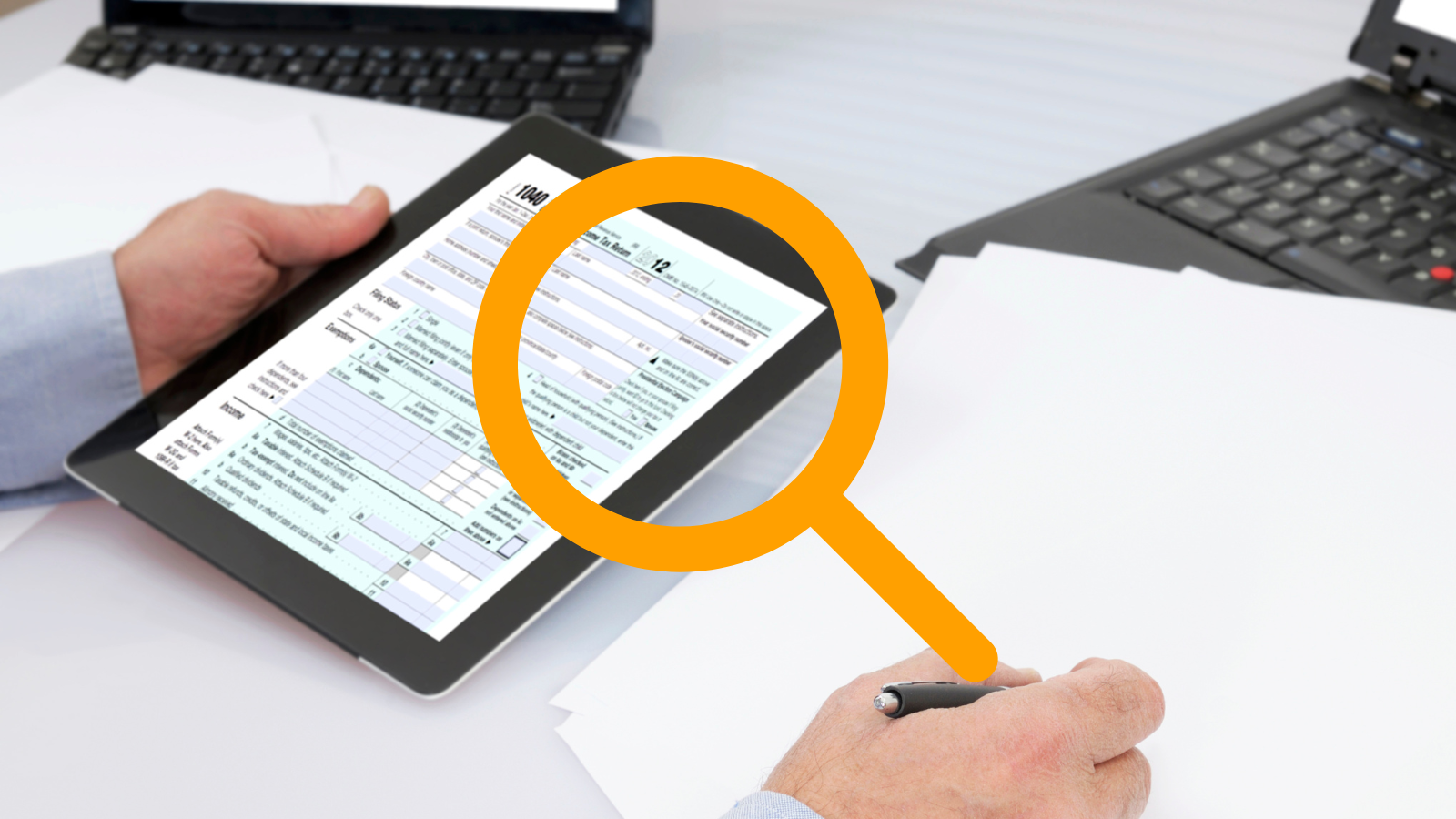
Hello, fellow digital enthusiasts! Atty. Gino Jacinto here, and I’m excited to share insights from a recent talk I had the privilege of delivering at the 1st Digital Nomad Weekend Fest. The festival was buzzing with ideas and conversations about the future of remote work, but one topic stood out—Digital Forgery.
In our increasingly interconnected world, digital nomadism has flourished. The freedom to work from any corner of the globe has been liberating, yet it carries unique challenges, including the menace of digital forgery.
From manipulated images to falsified emails, this invisible foe lurks in the shadows, threatening to disrupt our digital peace.
In this post, we delve into the complex world of digital forgery, illuminating its potential impact and how we can better protect ourselves in the digital realm. So buckle up as we navigate this fascinating yet critical aspect of our digital lives.
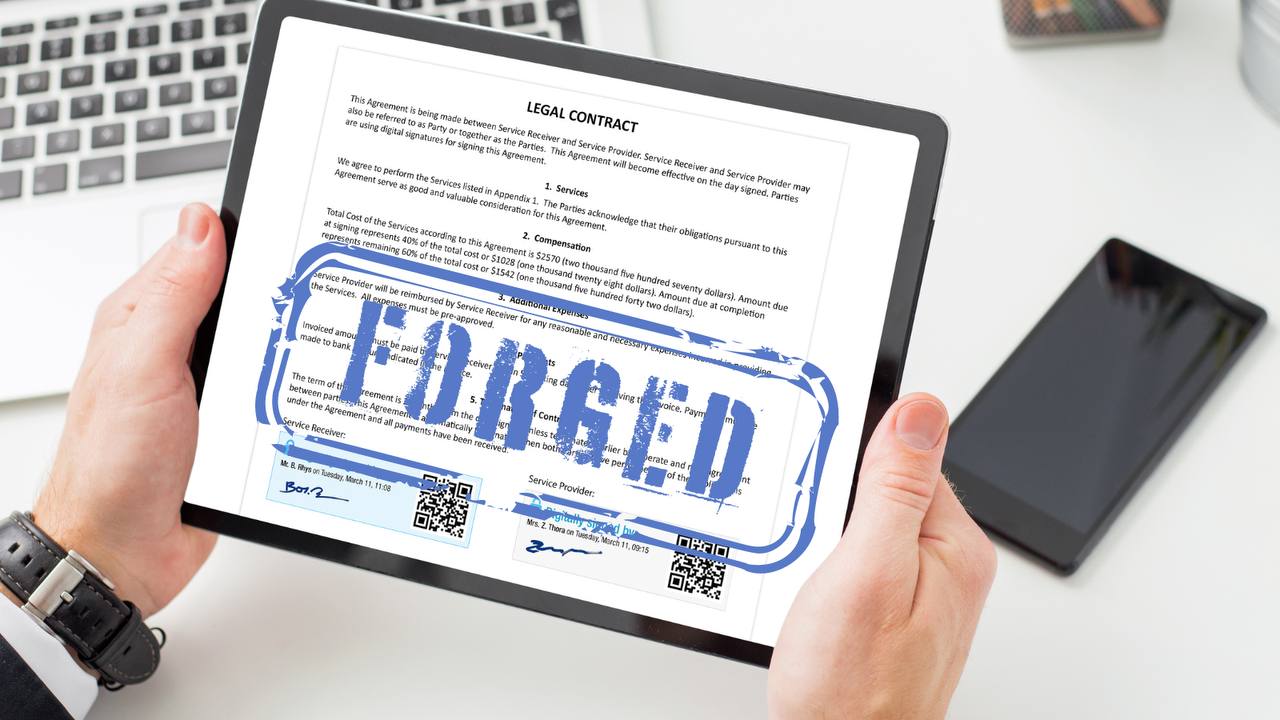
Diving right in, what is a digital forgery, and why should we care?
Simply put, digital forgery involves the creation or manipulation of digital data with the intent to deceive. It covers various activities, from tampering with digital images and videos to creating phony email exchanges.
Consider manipulated e-signatures, a familiar encounter in our digital interactions. With advanced tools, one can quickly fabricate digital signatures, leading to breaches of trust, misappropriation of resources, or even compromising the credibility of crucial documents.
RELATED: The 10 Guaranteed Uses for eSignatures Other Than Signing
The rapid advancement of technology has proved to be a double-edged sword. While we celebrate its unprecedented convenience and efficiency, we must also reckon with its dark underbelly.
Sophisticated software programs can now create hyper-realistic forged content that can dupe even the most discerning eyes. Digital forgery, thus, represents a serious challenge to the integrity of our digital experiences, including our foray into remote work and digital nomadism.
Recognizing this threat is the first step towards addressing it, so understanding the mechanics of digital forgery is critical in our increasingly digital lives.
Now that we’ve established what digital forgery is let’s delve into its implications, which extend from personal to professional realms. I’ll illustrate this with a few poignant examples:
Digital forgery can lead to reputation damage, privacy breaches, and emotional distress for individuals. Consider the case of Filipino actress and singer Sarah Geronimo, who fell victim to a manipulated video circulated online, dubbed a ‘deep fake.’
This incident tarnished her reputation and led to significant emotional turmoil and public controversy.
For businesses, digital forgery can result in severe financial loss, disrupted operations, and a significant erosion of client trust. A real-life example occurred with BDO Unibank, one of the Philippines’ leading financial institutions.
In a series of unfortunate events, BDO became a victim of an advanced fraud scheme that negatively impacted some of its clients. The bank faced unauthorized transactions in their online accounts, a clear case of digital forgery. These illicit actions led to client financial losses, placing the bank’s reputation at stake.
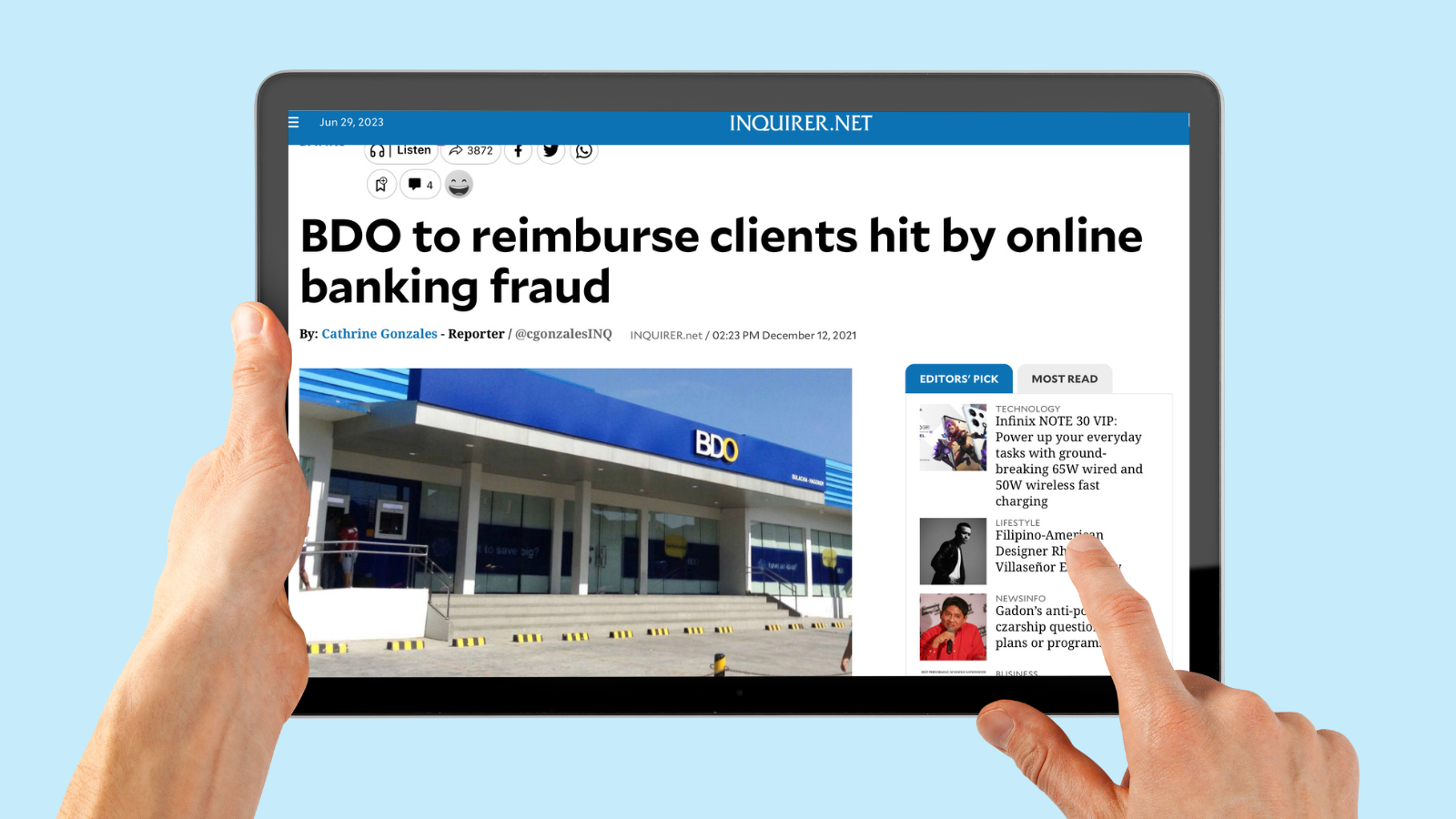
It wasn’t just BDO that was affected—the fund transfers were sent to a UnionBank account, another player in the Philippine banking sector, making it a multi-institutional issue. The repercussions of these unauthorized transactions rippled through social media, leading to public outrage and a surge of complaints.

For digital nomads, who primarily rely on digital interactions and contracts, the forgery of e-signatures can endanger their professional credibility and contractual obligations.
I encountered an instance where a digital nomad, known for his design work, fell prey to manipulated contracts leading to disputes about work deliverables, payment terms, and even non-disclosure agreements.
The fallout from this incident affected his professional relationships and trustworthiness in the digital nomad community.
RELATED: Navigating Freelance Contracts: A Beginner’s Guide for the Digital Nomad
From these examples, it’s clear that digital forgery is not just a technological challenge but also a societal concern with profound implications. Its impacts can be far-reaching and disruptive, regardless of whether you’re an individual navigating the digital world, a business striving for growth, or a digital nomad exploring new opportunities.
With its potential to undermine trust, credibility, and security, digital forgery is a critical issue we must confront and mitigate as we journey deeper into the digital realm.

Having discussed the profound impact of digital forgery, we must arm ourselves with the knowledge and strategies to counter it. There are various signs and practical techniques that can help us recognize digital forgery:
By mastering these techniques, you can better safeguard yourself and your professional interests from digital forgery. Remember, while filled with opportunities, the digital realm is also rife with challenges that require vigilance and proactivity.
Let’s navigate it cautiously, ready to unmask any forgery we might encounter.

Just as we equip ourselves to detect digital forgery, we must also arm ourselves with preventative measures and tools to further protect ourselves against it. Here are a few vital steps you can take:
At UNAWA, we believe in empowering individuals and businesses against such threats. Our digital solutions are designed with high-security standards and cutting-edge technology to detect and prevent forgery attempts.
For instance, our SignSecure platform ensures the validity and security of your e-signatures by providing an immutable and verifiable audit trail. This tool validates the signer’s identity and the date and time of signing and checks the document’s integrity, ensuring it remains unaltered post-signature.
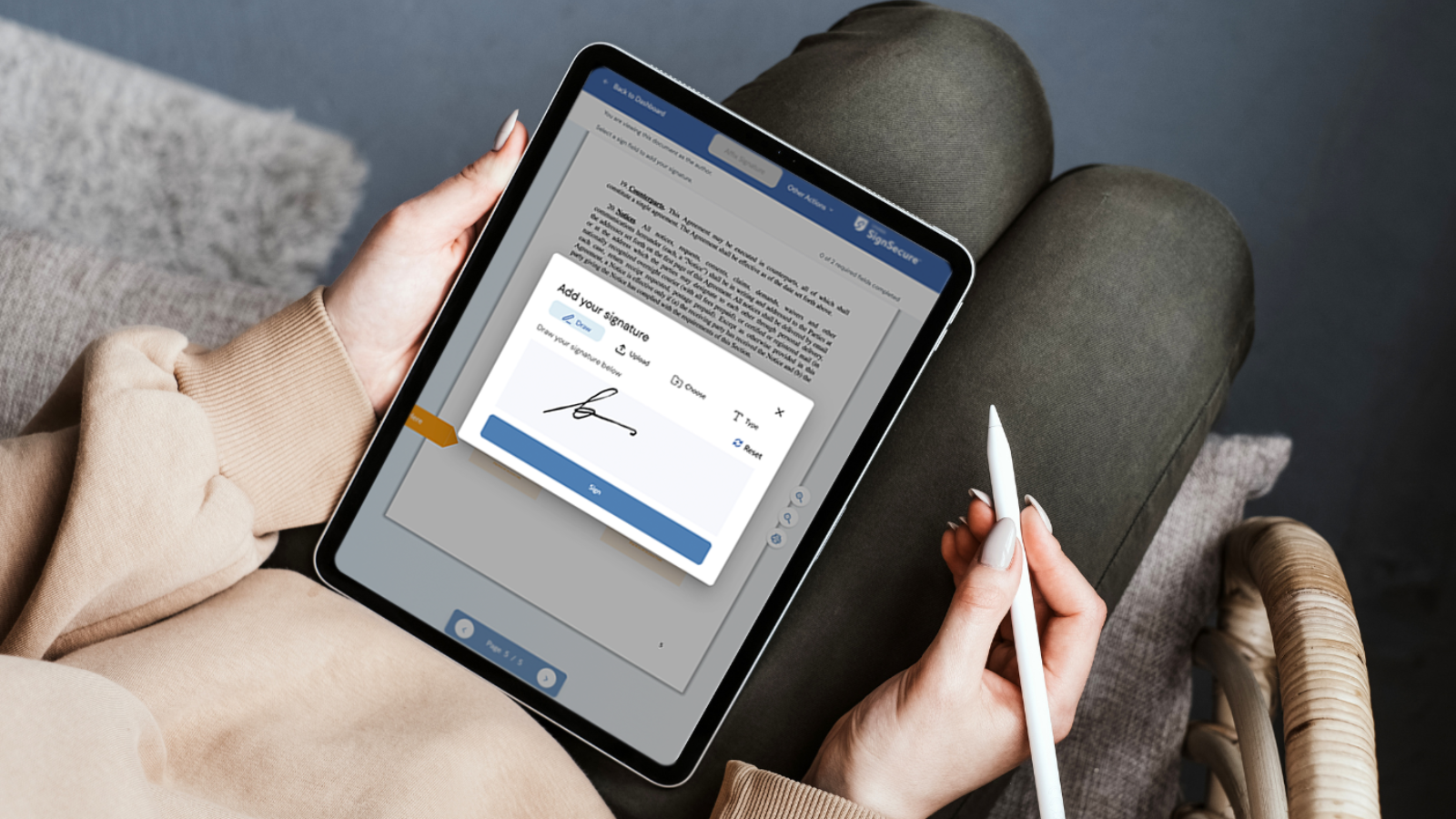
Our other product, ForMA, further safeguards your contracts and transactions from potential fraud. Its advanced features ensure that any document modifications are traceable, providing an added layer of security.
By taking these preventative measures and using reliable tools like those offered by UNAWA, we can protect ourselves from digital forgery and its repercussions. Remember, in the digital world, being proactive is not just an option but a necessity.
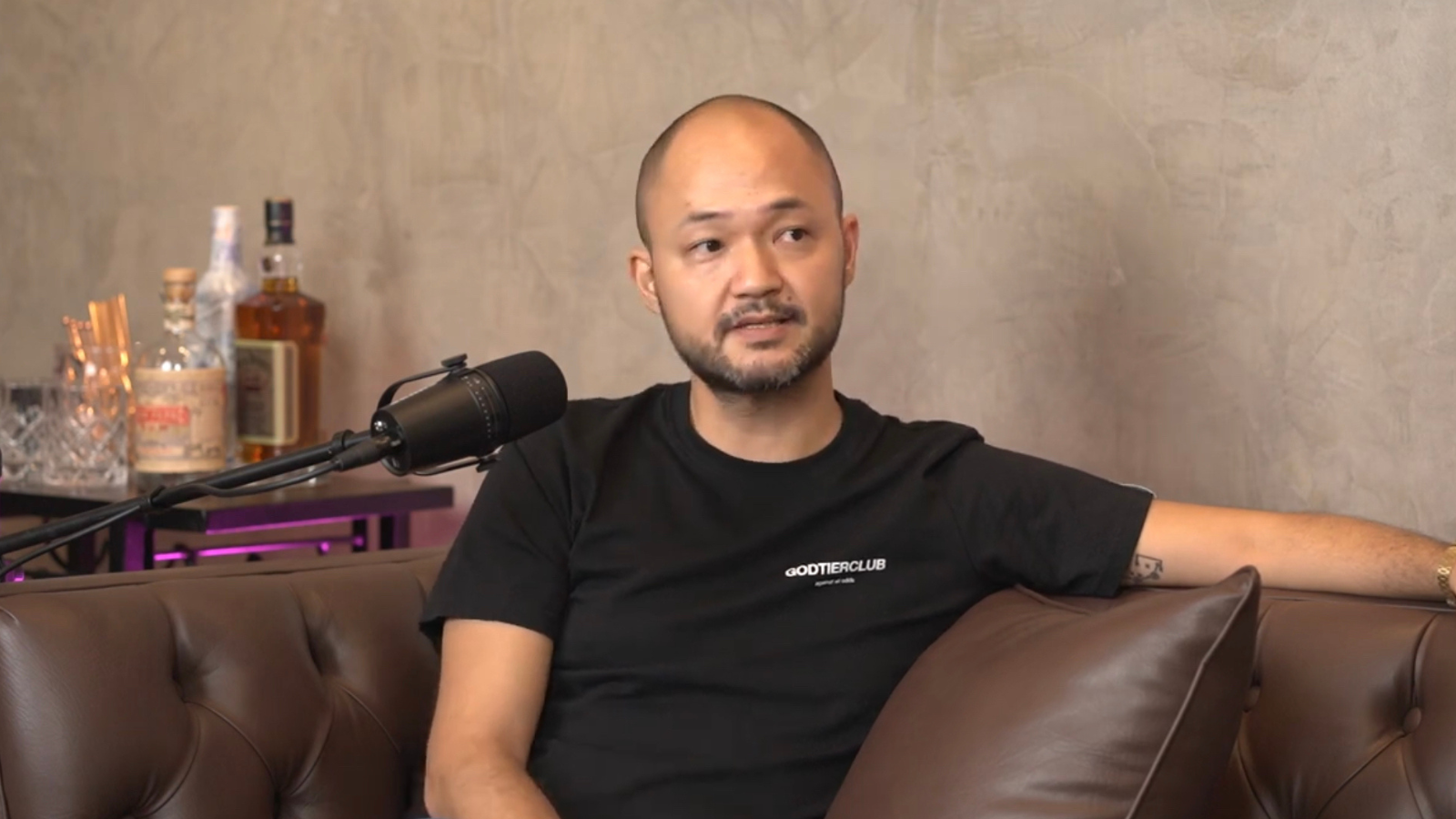
As we navigate this digital era, awareness and preparedness against threats like digital forgery are indispensable. From understanding its nuances to equipping ourselves with preventive measures and tools, every step contributes to a safer digital journey.
UNAWA stands with you in this fight against digital forgery, offering security solutions to safeguard your digital transactions and contracts.
I urge you all to take this issue seriously and to equip yourselves appropriately. Explore UNAWA’s offerings like SignSecure and ForMA, tools built for the digital age to help you ensure your security.
Remember, in the face of digital forgery, we are not powerless. We can, and we should protect ourselves.
Join us at UNAWA; let’s secure our digital world together.